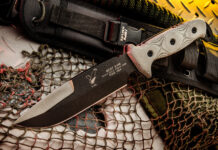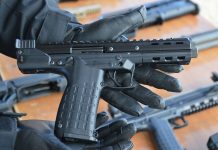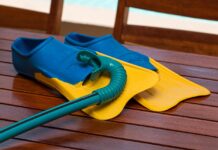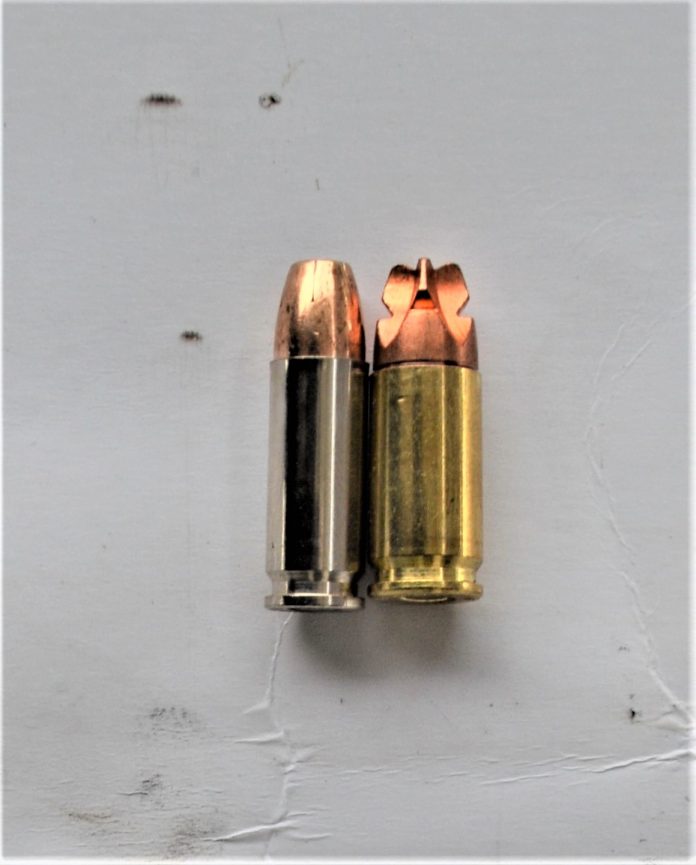
Recently Federal introduced a new handgun caliber, the .30 Super Carry. The .30 Super Carry is an interesting caliber with a bit of history behind it. The .30 SC is highly developed, well thought out, and reliable. Whether you need the .30 SC or not is another question.
I recently read one of the first features on a pistol in the new caliber. The author admits he did not have a compact Smith & Wesson on hand but fired the caliber in a full size, custom grade 1911. I can only ask why? The lack of a compact .30 SC rendered his report largely irrelevant. He misstated the cartridge performance and mistakenly listed the bullet weight as 115 grains (9mm loads) instead of 100 grains.
While par for the course for some of the popular press, I was disappointed. This GAT review is the straight skinny. What there is to say, that is. Not a lot of new information on this cartridge and only one load generally available. The .30 Super Carry, according to Federal Cartridge and Smith & Wesson, is made to offer an improvement over the .380 ACP and to offer less recoil than the 9mm. Trying to state the caliber equals the 9mm is ludicrous. It is a hot little round but it doesn’t equal the 9mm. It isn’t supposed to.
The vehicle for the new .30 round is the Smith & Wesson Shield EZ rack.
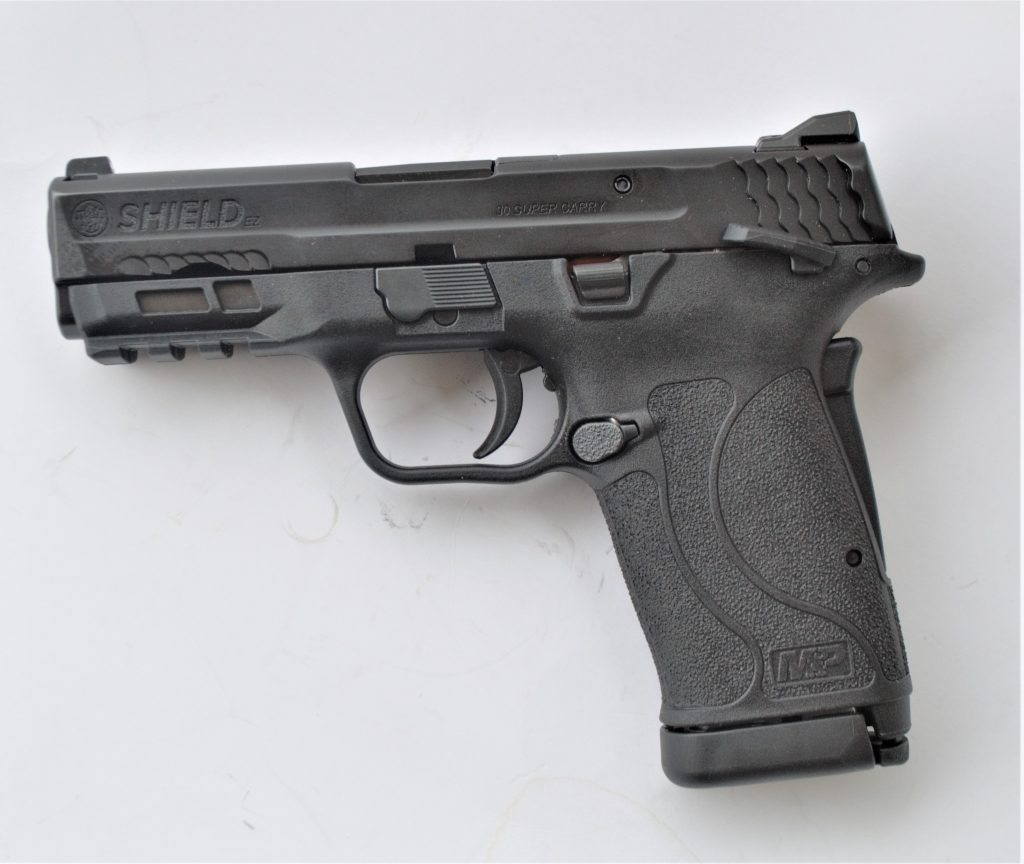
This pistol is well designed, and in the examples I have tested reliable and accurate. This isn’t a micro pistol but a handgun that many would think is in the ideal size handgun for personal defense. The Smith & Wesson pistol uses a polymer frame and steel slide. The pistol is a single action with an internal hammer. The hammer is concealed by the slide. The EZ Rack features an ambidextrous safety and a grip safety that prevents the pistol from firing unless the grip safety is pressed completely.
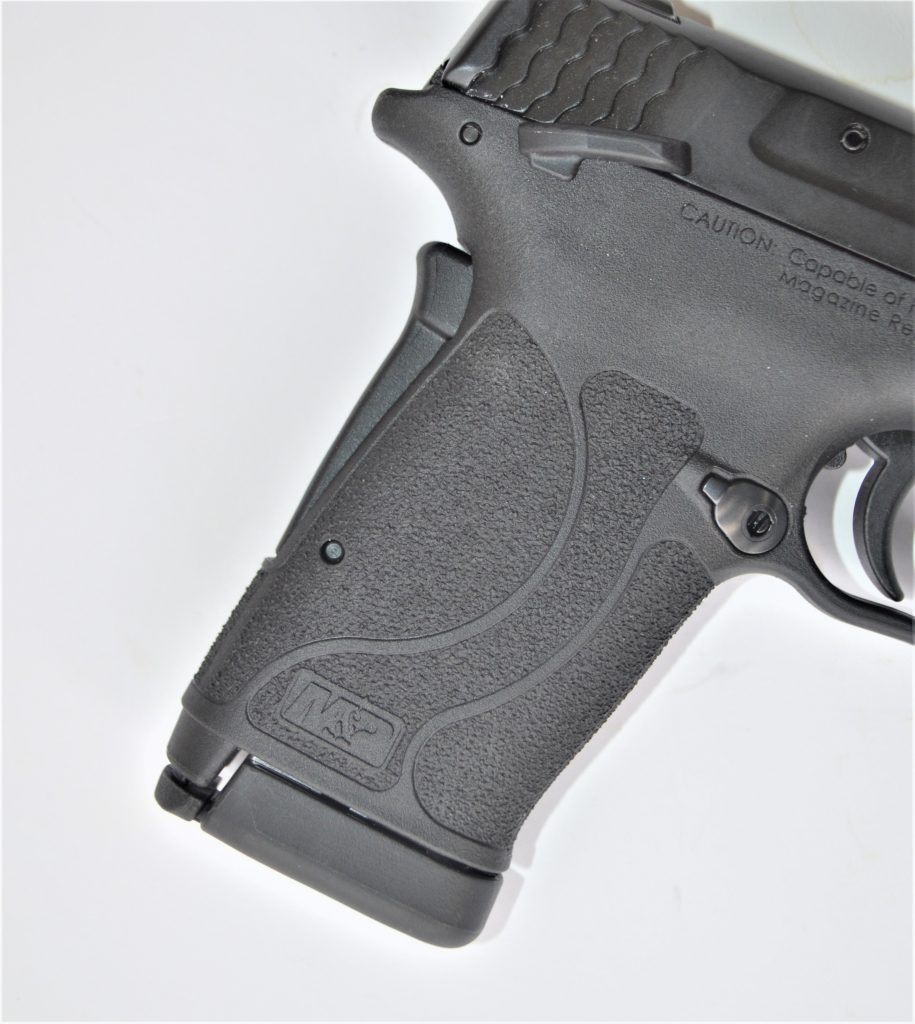
The operation of the pistol is similar to the Colt 1903 and 1908 .32 ACP and .380 ACP pistols. In their day these Colts were among the finest made and easiest to use of all pocket size pistols. They were in more gunfights than many more famous handguns. The Shield EZ Rack is also a concealed hammer single action pistol with a grip safety. The Shield EZ Rack, however, features superior sights and an ambidextrous safety. The pistol is designed to be easy to rack/cycle, hence the name. The Shield EZ Rack is a nice handling pistol. It is more accurate than you would think.
The pistol was originally offered in .380 ACP. I said ho hum. The original EZ Rack is easy to handle, kicks but little, and is more accurate than many sub compact handguns. It should be, this is a Colt 1903 size pistol not a super tiny handgun. But the .380 isn’t my idea of a defense cartridge. There isn’t enough penetration in most loads, those that penetrate don’t expand well- and so on. Working in a busy district for many years and arriving just after fact to several shootings with the popular .380 does not add to my opinion of the calibers poor reputation.
Those who tell you that all calibers are the same with no other context possibly missed their calling as televangelists or loan sharks. Then Smith gave us the 9mm Shield EZ. The 9mm Luger is a great round for shoe horning into compact pistols. Recoil is reasonable, even in this small a handgun. The pistol is as accurate as many larger pistols. So we have a really neat pistol with a slide that is easy enough to rack and which holds eight rounds in the magazine. The sights are good and the pistol seems trouble free.
For some of us the 9mm doesn’t kick that much, the .45 is far from brutal, and we don’t cry out until we fire small Magnums with sharp edges. But not all of us are immune to recoil. I am not. I may fire a hundred rounds of 9mm in a session and laugh about it. I may enjoy practice with the .45 but I will rub my wrists afterward. I guess that is average for most male handgunners with some experience. Recently I was teaching a class and among them was a seventy year old woman and her son. The son was a mountain of a man, strong and a good shot. His only problem was watching for slide cuts from his 9mm Hellcat. The woman was feisty and managed the 9mm Hellcat but was tired and had begun to miss more often toward the end of the class. Was the 9mm too much for her? Maybe, but the next step down is a big one. Load the 9mm with Hornady Critical Defense and you have a reasonably effective defensive handgun. The lighter calibers- not too much.
I have fired the .32 H & R Magnum a bit and enjoy its accuracy. The problem is in most handguns the .32 H & R Magnum actually hits about 1,000 fps to perhaps 1040 fps with the 85 grain bullet. That isn’t enough. Expansion is poor. I am certain Federal looked at this number when developing the .30 SC. Another round they probably did not look at is the .32 French Long. This was the caliber adopted by France in their quirky M1935 self loader. This was a hot little round. I owned one- and I often experiment for the sheer joy of handloading and for no other reason – no sane reason. I propelled a 60 grain Hornady XTP to over 1,200 fps in this caliber. The French 1935 is in some ways a miniature SIG P210. Accuracy was exceptional and bullet expansion reliable. I became tired of turning the rim off .32 revolver cartridge cases to form the 7.65mm French cartridge cases. This was a neat little gun to play with, however, outstripping the .32 Magnum revolver. The new .30 Super Carry is superior.
The .30 SC is intended to give a person who cannot handle 9mm recoil a fighting chance. In this instance the designers were dead on in their design criteria. Although the above noted pundit told us the .30 SC uses 115 grain bullets and compared it to the .327 revolver round – and he isn’t the only one – the .30 SC uses a 100 grain bullet.
The Shield EZ Rack will hold ten cartridges in the magazine versus the eight shot 9mm. That is an improvement but how the pistol and cartridge combination perform is more important.
Very well, it turns out. Accuracy and reliability are good. I like firing the .30 SC. Recoil is more than the .380 but not the same jolt as the 9mm – although some of us may not be able to tell the difference. You may zip four rounds into the target in the time it takes to deliver three 9mms- but then a trained shooter who may handle a 9mm doesn’t need this gun. Those who are physically challenged by age, arthritis, or other complaints will find the .30 SC viable. But the cartridge must have decent performance or it isn’t worth a nickel. I fired the 9mm and .30 in a side by side comparison using water jugs to test penetration and expansion. These are my results.
9mm 124 grain HST v .30 SC 100 grain HST
Velocity: 1180 fps v 1204 fps
Penetration: 18 inches v 20 inches
Expansion: .78 v .66
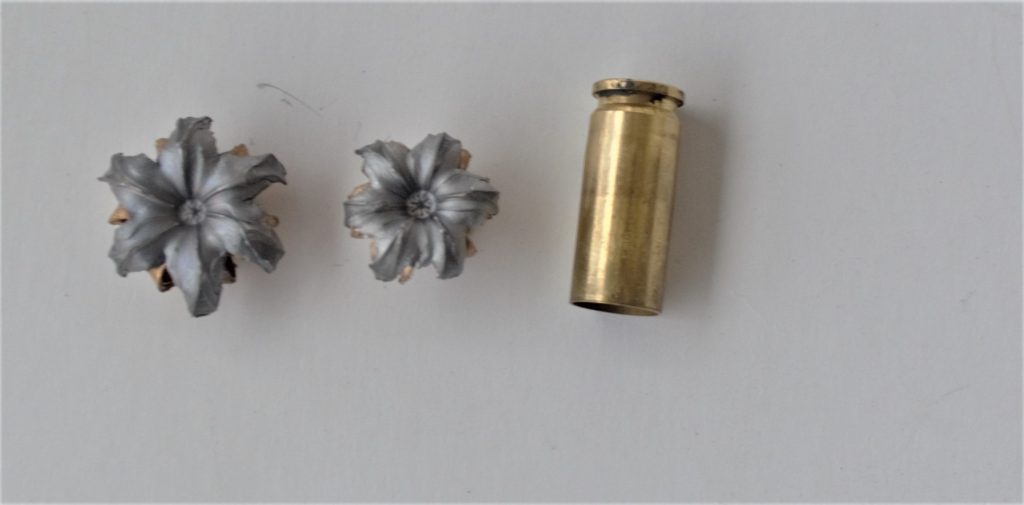
As you can see the .30 SC isn’t a 9mm, but it isn’t a pipsqueak either. The person having a problem with 9mm recoil will find the .30 SC attractive. So will an occasional shooter. At present ammunition is about 15% more than comparable 9mm cartridges, which is a blow to the caliber’s introduction but not unexpected. I would think this over carefully. I don’t need the .30 SC, at least not at this point, but it is a viable choice. The pistol is designed for personal defense, but just the same the caliber seems well suited to some types of trail use too. Light, easy to backpack, and strong enough for a rabid bobcat or a marauding coyote and all but the largest feral dogs, this hot little cartridge has some utility in the outdoors.

